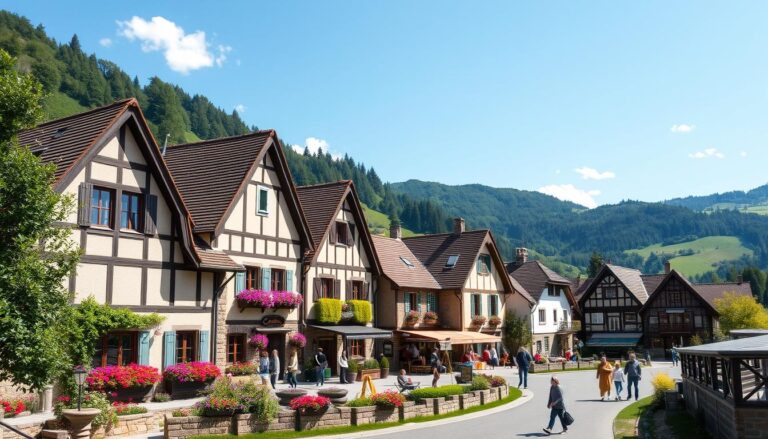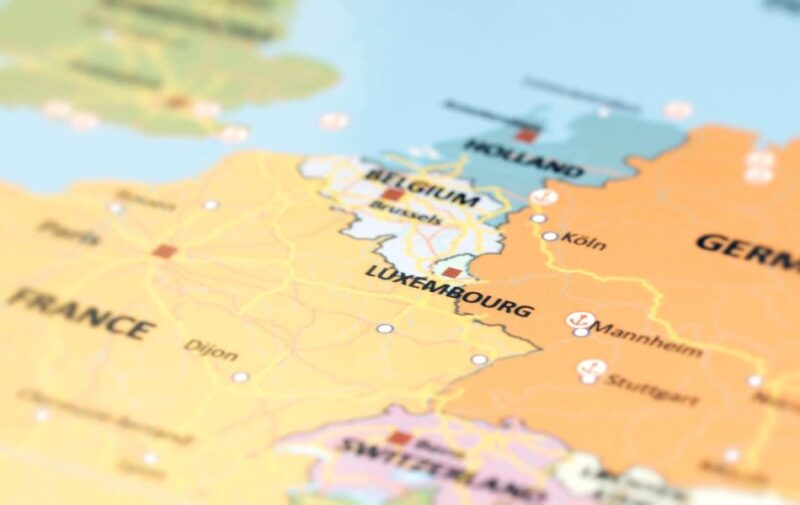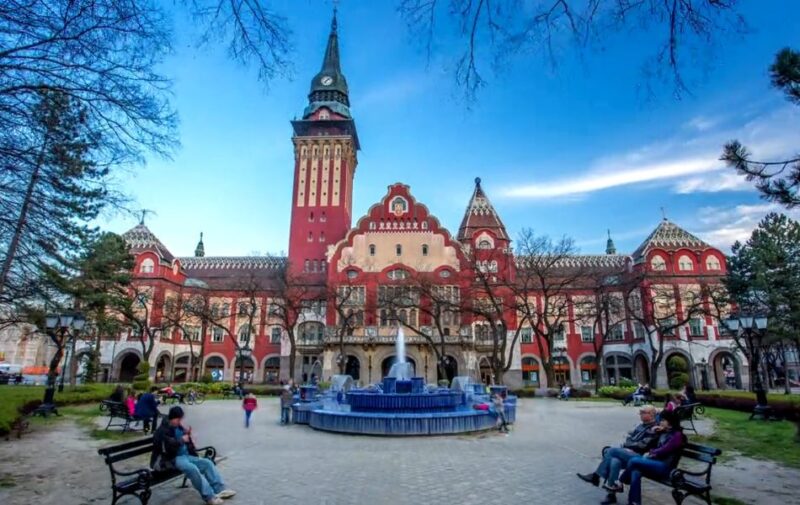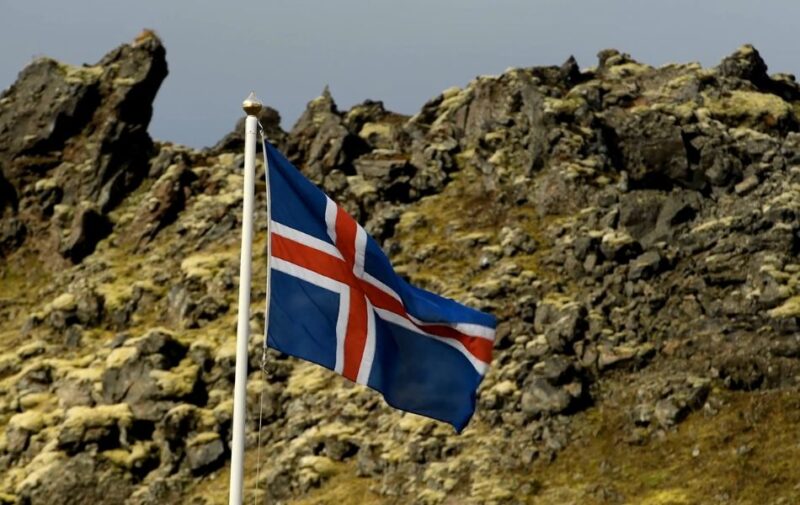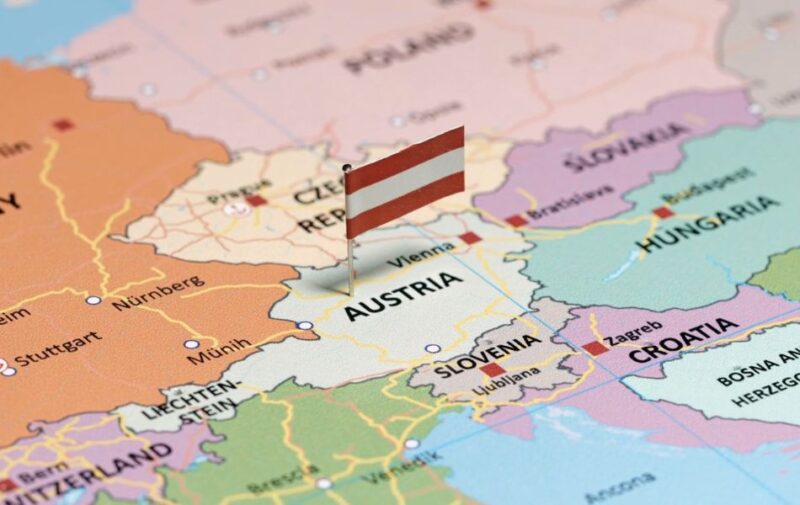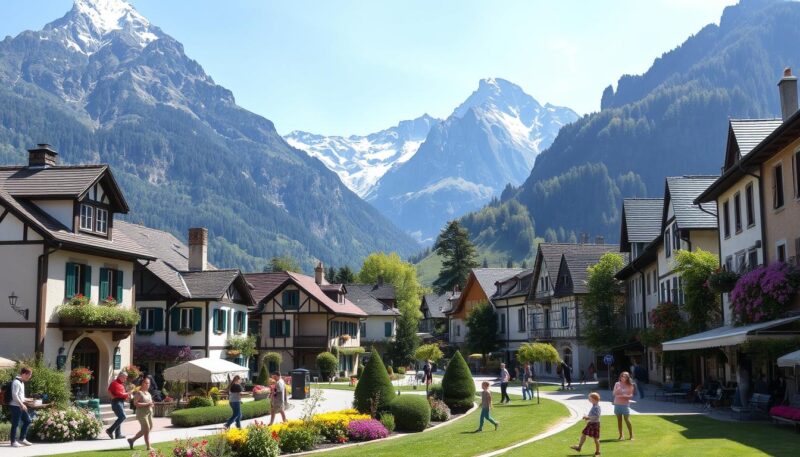Travelling or relocating to Europe brings the promise of rich cultural experiences, modern amenities, and, crucially, the assurance of personal safety. Europe has consistently maintained its reputation as the safest region globally, hosting a variety of countries that excel in safety standards.
Whether you are planning a holiday, considering a move, or simply curious about the safest places to live in Europe, understanding which countries offer the highest levels of security can simplify your plans and provide peace of mind.
The notion of safety can vary widely from one country to another. Elements such as crime rates, social attitudes, political stability, and natural disasters all play a role in determining the overall safety of a location.
In this context, safety indices like the Global Peace Index (GPI) offer valuable insights into European safety rankings, shedding light on the safest country in Europe as well as other secure destinations across the continent.
From Iceland, which has ranked as the safest country worldwide for ten consecutive years, to Portugal, Denmark, and Ireland, Europe’s safety landscape is not just about low crime rates but also involves high living standards and positive social attitudes. Each of these countries offers unique attributes that contribute to their status as safe havens.
By delving into the specifics of these regions, you can make more informed choices about your destination.
Whether it’s the medieval castles in Slovenia, the charming Christmas markets in Austria, or the harmonious lifestyle in Portugal, Europe is rich in safe and secure environments waiting to be explored and appreciated.
How the Safest European Countries Are Ranked
Understanding the rankings of the safest cities in Europe involves an intricate combination of various metrics and comprehensive analysis. The European safety index is a tool wielded by many to comprehend the peacefulness and security in different regions.
Global Peace Index (GPI)
The GPI considers pivotal elements like societal safety and security, the extent of ongoing domestic and international conflict, and the degree of militarization.
European countries consistently secure top spots, depicting a prevailing atmosphere of peace and low crime in Europe.
Metrics and Indicators
View this post on Instagram
Analyzing peaceful countries in Europe requires precise metrics and indicators. Primary considerations include the measurement of societal safety and security, levels of ongoing domestic and international conflict, and militarisation.
Institute for Economics and Peace
The Institute for Economics and Peace aims to orientate global focus towards peace as a tangible, attainable facet of human progress and wellbeing.
Based in Sydney, this think tank produces the Global Peace Index, which sheds light on how peaceful different regions are. Europe often emerges with stellar reports, highlighting peaceful countries in Europe and cities with impressively low crime rates.
Annual Safety Assessments
Annual safety assessments provide critical data regarding the safety levels prevailing in various regions, enabling residents, travelers, and expats to make informed decisions. The data often includes crime indices, societal cohesion, government stability, and other factors contributing to low crime in Europe.
These assessments help pinpoint the safest cities in Europe, painting a clear picture for those prioritizing safety and security in their travel or relocation plans.
| Country | GPI | Crime Index | Safety Index |
|---|---|---|---|
| Iceland | 1.124 | 25.4 | 74.6 |
| Denmark | 1.310 | 26.3 | 73.7 |
| Ireland | 1.312 | 46.5 | 53.5 |
| Austria | 1.316 | 29.3 | 70.7 |
| Portugal | 1.333 | 31.2 | 68.8 |
| Slovenia | 1.334 | 24.2 | 75.8 |
| Switzerland | 1.339 | 25.3 | 74.7 |
| Czech Republic | 1.379 | 26.8 | 73.2 |
| Finland | 1.399 | 26.3 | 73.7 |
| Croatia | 1.450 | 26.0 | 74.0 |
Top 10 Safest European Countries to Travel to
Embarking on a European adventure? Ensuring your travel safety in Europe is paramount.
Here are the top 10 safest countries for tourists in Europe, offering a blend of scenic beauty, robust social systems, and high safety standards that make them the best European countries for expats and tourists alike.
Iceland
Iceland consistently ranks as the safest country in Europe, boasting a Global Peace Index score of 1.124. Its low crime rate, community support networks, and strong social connections contribute to its enviable safety record. This makes Iceland a top destination for those prioritizing personal safety in Europe.
Denmark
Denmark, with its Global Peace Index score of 1.382, is renowned for its culture of trust, social equality, and high social welfare. Additionally, it tops the Women’s Peace and Security Index, reflecting its commitment to safety across all demographics.
Ireland
Ranking third among the safest European countries, Ireland has a Global Peace Index score of 1.303. Known for its friendly locals and safe living environment, Ireland offers a welcoming atmosphere for solo travelers and expats seeking a secure destination.
Austria
Austria’s Global Peace Index score of 1.313 underscores its reputation for low crime rates and rich cultural heritage. A stable political landscape and effective governance make Austria a prime choice for travel safety in Europe.
Portugal
Portugal holds a Global Peace Index score of 1.372, making it a popular spot for tourists. Its welcoming atmosphere, low crime rates, and vibrant culture contribute to its ranking as one of the safest countries for tourists in Europe.
Slovenia
Slovenia, with a Global Peace Index score of 1.395, boasts stunning natural landscapes and one of the lowest crime rates in the world. A robust public safety policy framework makes it a secure haven for travellers.
Switzerland
Switzerland’s neutrality and effective governance contribute to its Global Peace Index score of 1.35. The country boasts a remarkably low violent crime rate and is one of the safest destinations in Europe.
Czech Republic (Czechia)
With a Global Peace Index score of 1.459, Czechia offers a rich historical backdrop coupled with a strong safety record and low crime rates. This balance of cultural vibrancy and safety makes it an attractive option for tourists and expats.
Finland
Finland’s Global Peace Index score of 1.474 highlights its strong community sense and transparent governance. Known for its efficient public services and low crime rates, Finland remains a safe and inviting destination.
Croatia
Despite ranking tenth among the safest European countries, Croatia boasts a Global Peace Index score of 1.504. Its robust community ties, emphasis on social welfare, and picturesque surroundings make it a safe, idyllic travel spot.
Key Factors for Safety
Delving deeper into the safety blueprint, several key factors stand out:
- No standing army, reducing any internal militaristic threat.
- Low crime in Europe, supported by efficient and proactive, education-focused policing.
- High community involvement and resilience, where societal bonds strengthen security in European nations.
- Minimal natural disasters, ensuring a consistent safety profile.
Living Standards and Social Attitudes
The high living standards and positive social attitudes further propel Iceland into the ranks of Europe’s most secure nations. According to the UN, Iceland ranks third on the Human Development Index, complemented by its position in the top-tier of the World Happiness Report.
The robust social welfare systems and the strong community spirit foster an environment where safety thrives, making Iceland a shining example for other nations prioritising security in European nations.
Don’t miss our list of the most dangerous European cities!
Conclusion
Choosing the safest country in Europe for your next travel destination or potential new home is not merely about avoiding crime; it’s about embracing a holistic sense of well-being and security.
From the stunning, serene landscapes of Iceland to the culturally rich and peaceful environment of Ireland, European safety rankings highlight an impressive array of factors that contribute to your overall sense of safety and peace.
Iceland’s long-standing status as the safest country globally, characterized by an exceptionally low crime rate and a supportive societal network, showcases the profound impact of social cohesion on safety.
Similarly, Denmark’s impeccable safety record, underscored by its high living standards and the comforting ethos of ‘hygge’, along with Ireland’s robust cultural and social fabric, all provide invaluable insights into what makes these countries top the list of the peaceful countries in Europe.
When reflecting on the European safety rankings, it becomes clear that safety is deeply interwoven with the quality of governance, social welfare systems, political stability, and the proactive engagement of citizens.
These elements collectively create environments that are not only safe but also enriching and supportive, making these nations some of the best places to live in Europe. As you consider your next travel destination or contemplate a move, keep in mind that these countries offer an exemplary model of what it means to live in safety and harmony.

